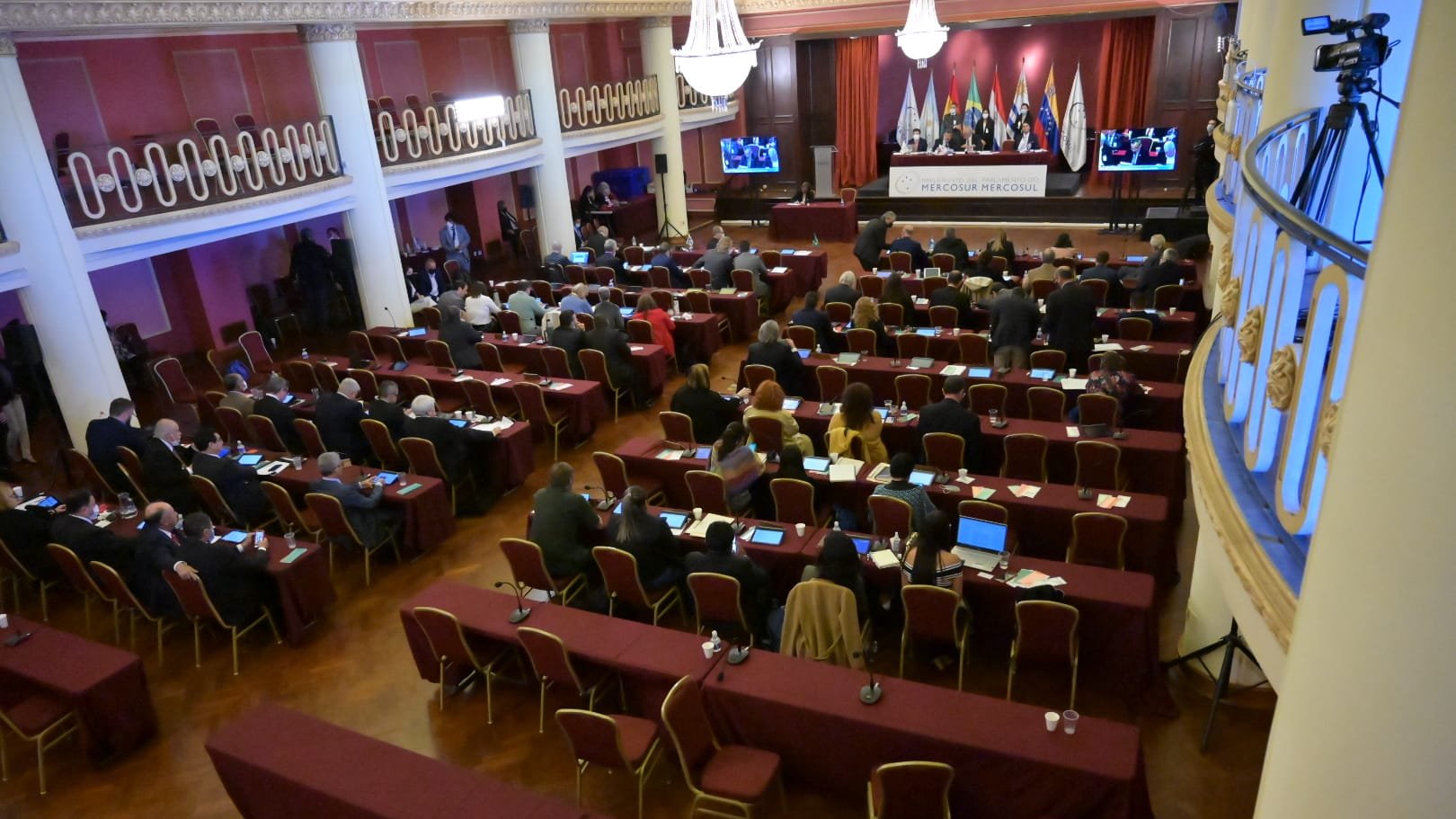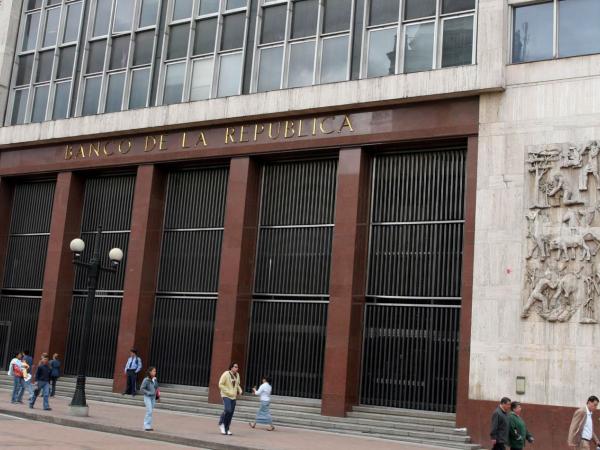On April 1, in accordance with the law, the SHCP disclosed the Pre Criteria document that establishes a preliminary framework on the early macroeconomic and budget closing for 2022 and what is expected for 2023. It indicates that its purpose is to provide elements and parameters for a Dialogue with Congress on the preliminary perspectives to start the work of the 2023 Federal Budget. In this sense, the figures in Pre criteria are projections and not forecasts that serve as working assumptions for the mentioned exercise. What is valid is questioning the relevance of these projections.
Despite the uncertainty about world growth and the international prices of energy, grains and food, soon, Pre criteria leaves an overly optimistic flavor: GDP growing 3.4% in 2022 (analysts’ average is 1.8%) and 3.5% in 2023 (analysts 2%). This variable is crucial to estimate total tax revenue (ITT). Even with such an optimistic assumption of GDP, the government estimates for 2022 a drop in ITT from 14% of GDP (approved) to an estimated 12.8 percent. In addition, only in January-February, due to the 100% subsidy on gasoline, the IEPS contracted, in annual observed data, by 30.7% real. That subsidy is expected to continue into the year. In addition, for January-February an observed annual drop in VAT of 10% is reported, as a result of the economic slowdown. By 2023, the government expects to increase ITT collection by one percentage point of GDP to 13.8%, also very optimistic due to what has already been indicated. In addition, it does not mention anything about the gasoline subsidy for 2023.
The anchor of public finances is the primary balance (net spending – financial cost + income). For 2022, as a % of GDP, it assumes 25.5-3.0+22.5, which gives a closing of 0%, better than the approved deficit of 0.3 percent. But by 2023 it projects to achieve a surplus of 0.4 percent. It is an adjustment that looks too strong in the face of projected revenues of 21.7%, which, due to the above, will be difficult to achieve, so if you want to maintain the primary anchor at 0.4%, it will be necessary to adjust spending below the planned 24.5% if we consider the financial cost as fixed at 3.2 percent. Or the other option is greater indebtedness, not being able to comply with what the document projects: for 2022 a debt of 49.6% that must be maintained in 2023.
In addition to what has already been indicated about the ITT, oil revenues will contract by 1.6% of GDP, with a reduction in the price per barrel from 92.9 dollars in 2022 to 61.1 dollars in 2023, an increase in the production platform from 1,820 mbd to 1,851 mbd, but a contraction on the export platform from 879 mbd to 764 mbd.
The document lacks more detailed information, for example, on the sources of income in 2023. The budget planning must take into account some scenario regarding the electrical reform, but the document does not comment on this. In conclusion, the SHCP delivered some incomplete Pre-criteria and with unrealistic assumptions that only satisfy the parallel reality that prevails in the National Palace.
Twitter: @frubli
Economist
IMEF Magazine
Economist graduated from ITAM. He has a Master’s degree and doctoral studies in monetary theory and policy, and international finance and trade. Columnist for The Economist. He has been an advisor to the Board of Governors of Banxico, Director of Institutional Liaison, Director of External Relations and Coordinator of the Governor’s Office, Manager of External Relations, Manager of Macrofinancial Analysis, Deputy Manager of Macroeconomic Analysis, Deputy Manager of International Economy and Analyst .








